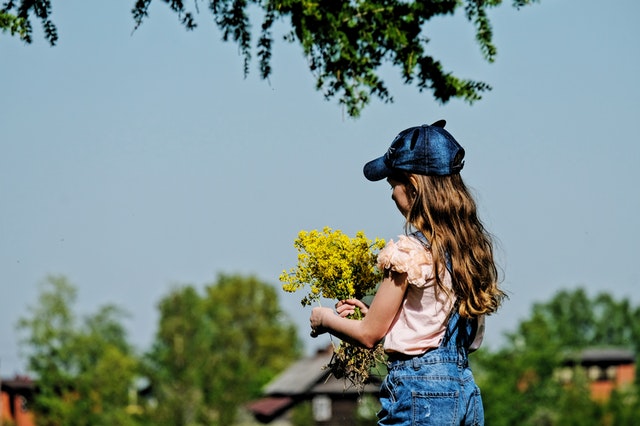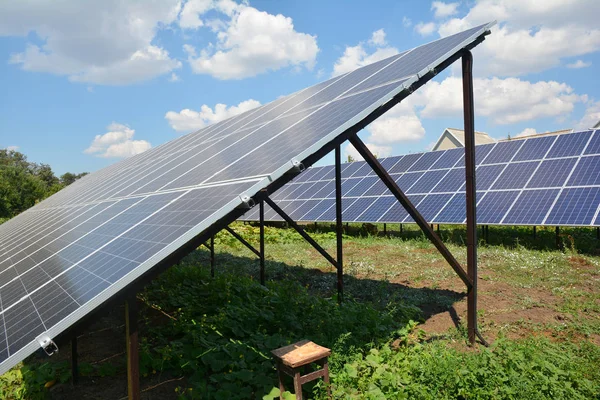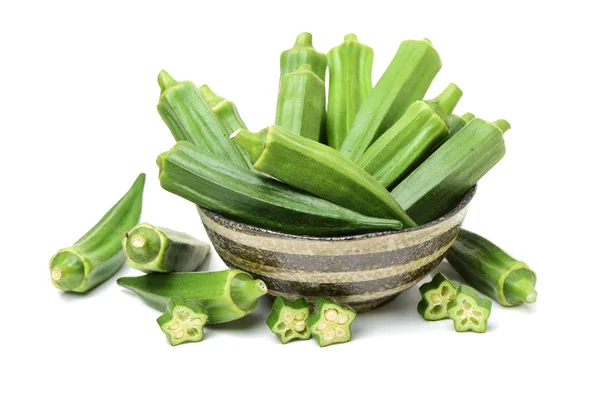Vegetable gardens for kids can help urban families to get more foods and incomes. In today’s post, learn how school-going children can start and run a small one from seeding to harvest. It will focus benefits of vegetable gardens for kids and how to make one in recycled containers, eggshells or bottles.
Five counties in Kenya are in lockdown to curb the 3rd COVID-19 infection wave. It has occurred at the early start of the Easter holidays for millions of learners. With limited travel and interaction, starting a small vegetable kitchen garden can be the best kids’ activity this school holiday.
Benefits of vegetable gardens for kids
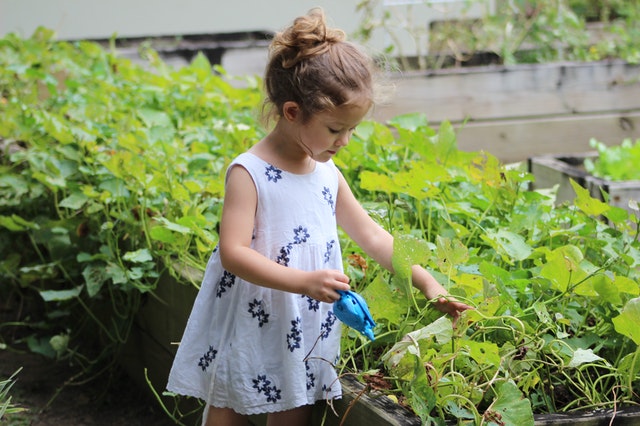
Running a home garden is easy to start and run for kids of any age. Managing one from seeding to harvest has many benefits for them. They include: –
- Eating nutritious and fresh vegetables, plus rigorous farm activities like weeding, will improve your kid’s physical health and immunity.
- Some veggies like amaranth, spider plants and nightshade are fast maturing. Your children can harvest and eat them in a few weeks, motivating them and building their self esteem.
- Gardening can teach your child many lessons about food and agriculture like planting, watering and weeding. Others are adding fertilizers, harvesting, cooking and food preservation.
- Managing a successful farming project instils responsibility, patience, creativity and curiosity and other qualities for child growth and development.
How to make vegetable gardens for kids
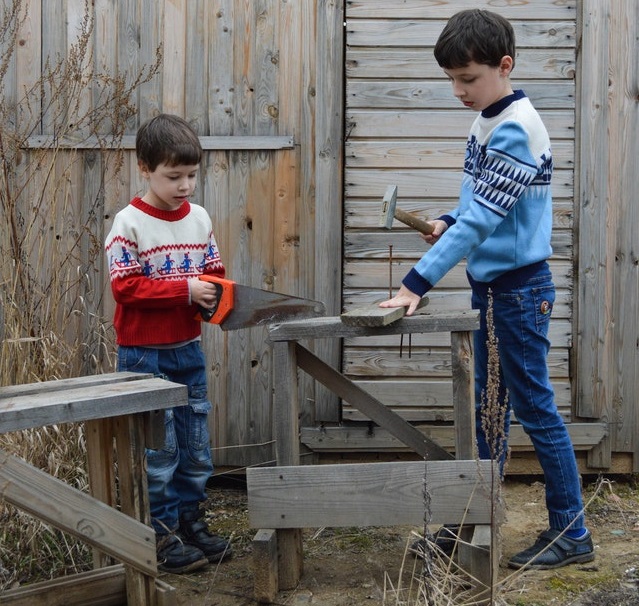
To make a successful farm garden for kids, you need to invest time together in planning and execution. The following steps have a summary of the process.
Choose the vegetable farm location.
The assumption is you will do it for small kids in a limited farm space. Make it near the house or your vegetable garden. It will be easy for them to access and work on it in their normal playing area.
You can make a raised garden or use containers like a sandbox, flowering pots or recycled bottles. An ideal place has access to ample sunlight, water and good soils.
Design the vegetables garden layout.
For your kid to own the project, allow them to shape, colour and design the farm. Allow them to use real-child-size tools safe for kids to use like spades, hoes and rakes.
The best garden ideas for kids are in the shape of a butterfly, triangle or circle. It allows them to wander in the edges and reach all plants from all ends. Other ideas are to add lights, garden flags and small benches.
Select the best vegetables to grow.
Choose vegetables that easy to grow and care to help your child get success. Few pests and diseases infect indigenous vegetables in your area. Exotic ones like tomatoes, radishes and carrots have certified seeds that resist pests like aphids.
Other veggies that kids can grow are cucumbers, beets, beans, peas, squash and eggplants.
Draw a timetable of activities.
The next step is drawing a cropping calendar. It will list of activities your child will perform to plant, grow and harvest his vegetables. The steps in the cropping calendar are: – Soil preparation, seed planting and other routine farm tasks like watering, weeding and harvesting.
Soil and garden preparation
Soils in your backyard may be unfit for successful farming. Help your child in filling the garden with a good soil mix. It is already a mix of organic fertilizers, compost and topsoil. Other planting materials other than soil are peat, charcoal, and manure.
Together with your kid, prepare the farm to make it soft and remove weeds, worms and insects. Other garden preparation tasks are levelling, raking it and making planting rows or holes.
Seed Planting
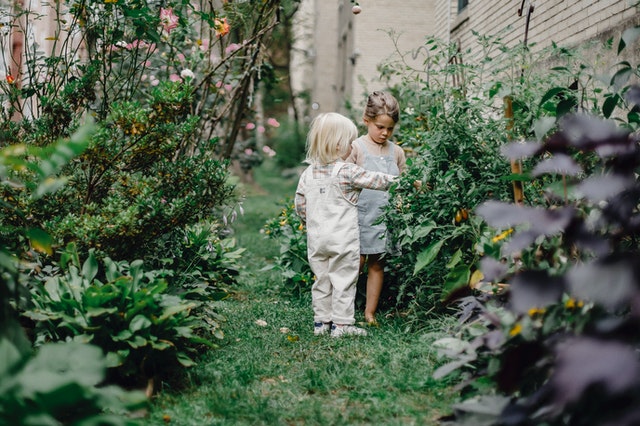
Your child can either plant the seeds directly on the farm or first establish a seedling nursery.
A Simple nursery for kids is planting seeds in old eggshells. Arrange them in a paper egg carton and fill it with your potting mix of choice. Use a handheld sprayer for watering the seeds. Monitor them to see them sprout and take of them to grow true leaves. To plant, crack the shell and plant it together with the plant. It will decompose to supply plant nutrients and scare away pests like snails in the kid’s garden. Other choices are planting-trays and cups you can buy in a farm garden. Besides, consider old utensils and containers for planting seeds.
Routine farm tasks
Your child’s garden is now thriving. It’s time for her to nurture the crops, to get high-quality yields. It will depend on the tasks you agreed on in the cropping calendar in step four above. These can be watering crops, weeding or picking pests like cutworms. Others are adding fertilizer, pruning or spraying safe biopesticides. Once the vegetables are mature, it’s time to harvest and enjoy the fruits of labour. Besides, take the chance to teach her about reducing post-harvest losses, food preservation and decomposing wastes to make organic fertilizers for the next planting season
